Photographer Research – Hiroshi Sugimoto
Sugimoto Hiroshi, born on February 23, 1948, is a Japanese photographer and architect. He leads the Tokyo-based architectural firm New Material Research Laboratory.
He came to be known for his strictly black-and-white, highly stylized photography series. These series show views of the sea, extremely long exposed theatres, photos of scientific display cabinets, wax figures or Buddhist sculptures. Hiroshi Sugimoto sometimes works for several years on these work series. In recent years he has occupied himself increasingly with architecture, furniture design, objects and fashion.
“It was my goal to visualize the ancient layer of human memory with the means of photography”
“It is about returning to the past and remembering where we come from and how we came into existence.”

source
Photo Analysis

Technical
Although this photo may look plain and simple at first glance; there are many technical elements embedded in the image. Firstly, the smooth ripples in the water mean long exposure was used, Hiroshi Sugimoto most likely paired that with a slower shutter speed and bigger exposure to achieve this smooth and serene effect. Since the sky is rather dark, it’s natural to assume that the photo was taken at night – due to this, Sugimoto didn’t have to worry about overexposing the image as it would have been too dark to begin with. If the photo was taken in the dark, there would be no natural light for Sugimoto to work with meaning he had to rely on his camera and settings. Referring to Ansel Adam’s tonal range; the image seems to be missing the darkest black and brightest white but captures most of the tones in between.
Visual
Visually, I find this photo very pleasing and soothing. The lack of colour doesn’t feel like a disadvantage in this image; in fact, the lack of colour contributes to the simplicity and straightforward nature of Hiroshi Sugimoto’s photographs. By looking at the other photos in this set, it is safe to assume that Sugimoto used a black and white effect on this photo like all others. The photo has two parts to it: the sky and the sea, divided only by the line of the horizon that creates a soft contrast between the dark grey sky and lighter waves. Sugimoto purposely arranged the position of the sea like this in countless photographs to play and experiment with the concept of minimalism.
Contextual
The photograph was taken in 1997, during a time where most people had access to coloured photographs- Sugimoto purposely chose to not include colour in this image. Hiroshi Sugimoto studied art in Los Angeles in 1971, at the time of Minimalism and Conceptual Art – this is clearly evident in his work.
Conceptual
To me, the concept behind the image is to challenge the audience’s perspective and views on what makes a successful photograph. The image, at first glance, lacks the most conventional aspects of a successful photograph. The image is incredibly plain due to the lack of subjects but still able to capture the attention of the viewer and provoke an emotional response. The whole set has a similar calm and harmonious atmosphere it radiates, allowing the viewer to feel safe and at peace – which may not be a feeling we expierence much in our chaotic everyday life.
Contact Sheets


Final Edited Image In The Style Of Hiroshi Sugimoto
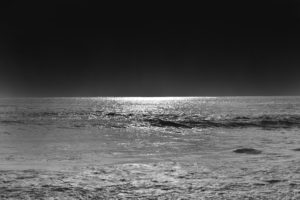
For this image, I first used the lasso tool to separate the sky and the ocean into two different layers and then I simply used the ‘burn’ tool to darken both the sky and the ocean until I was satisfied with the results. It was an easy process but it allowed me to quickly obtain the results I wanted.
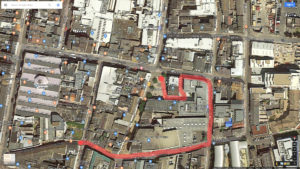

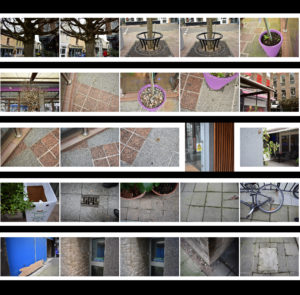
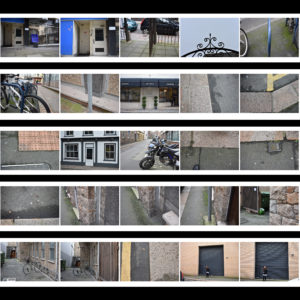




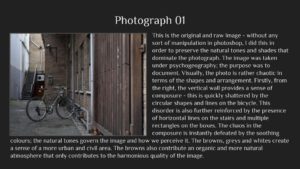
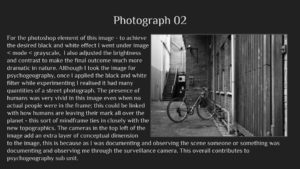



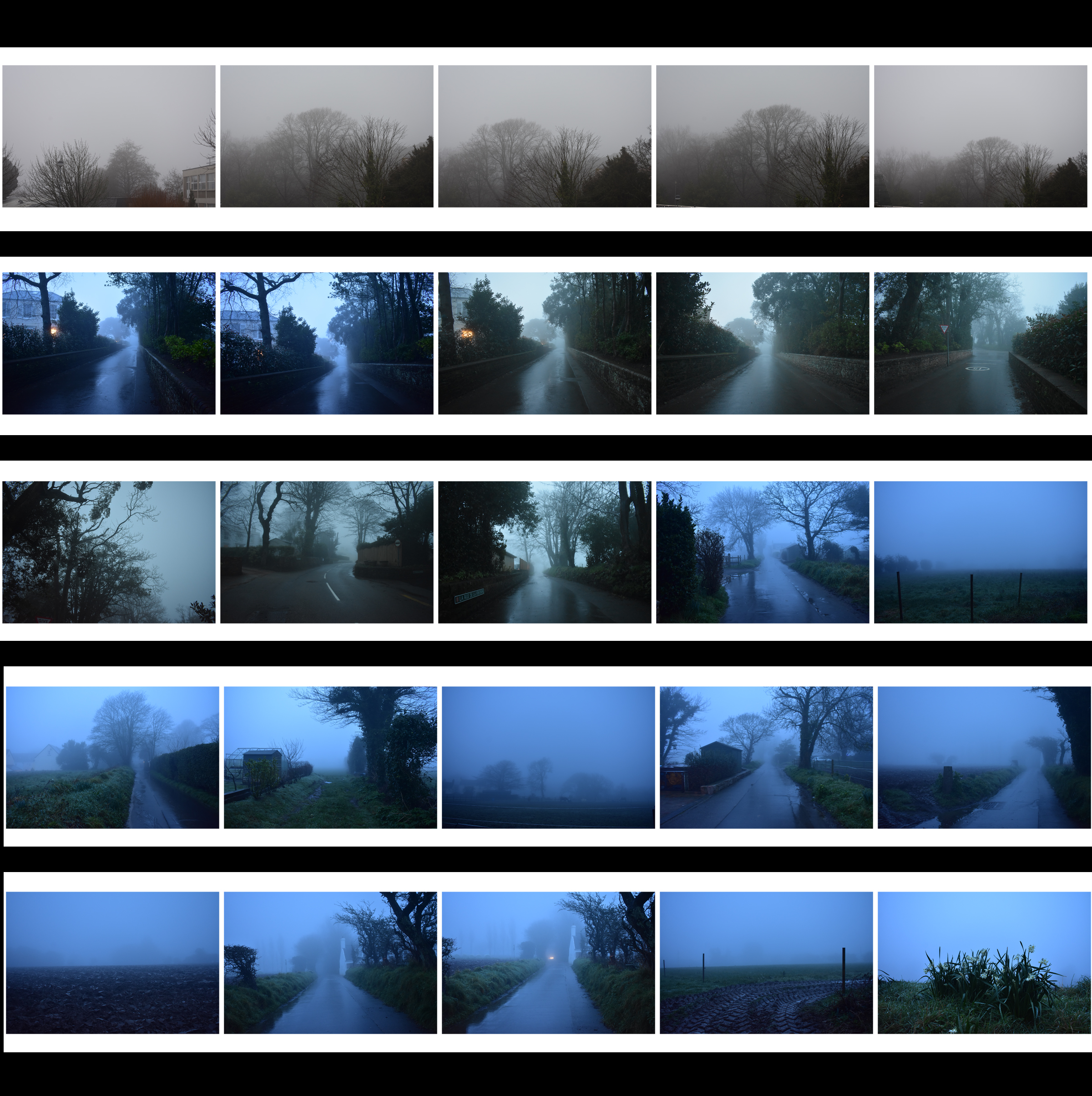
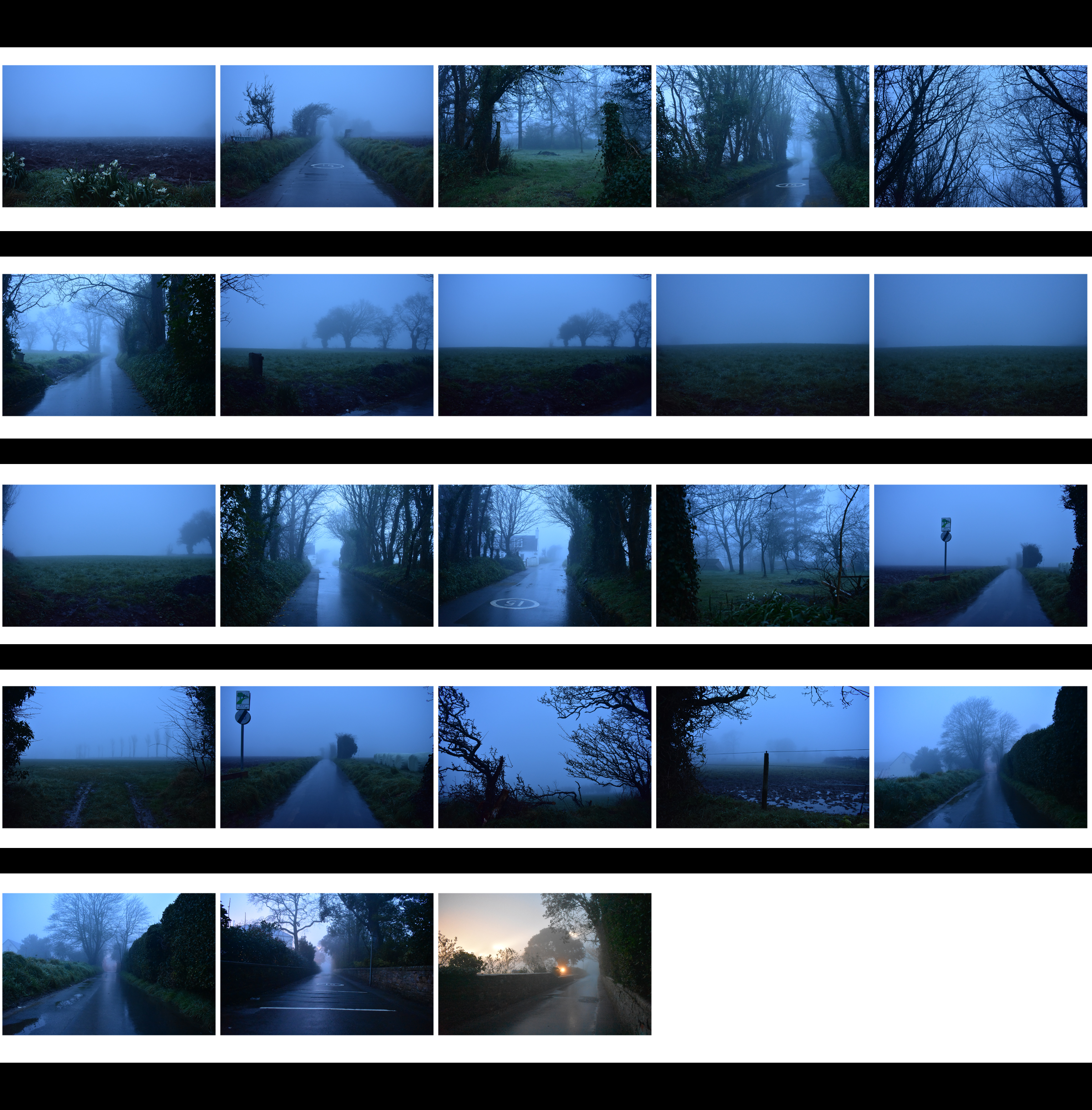
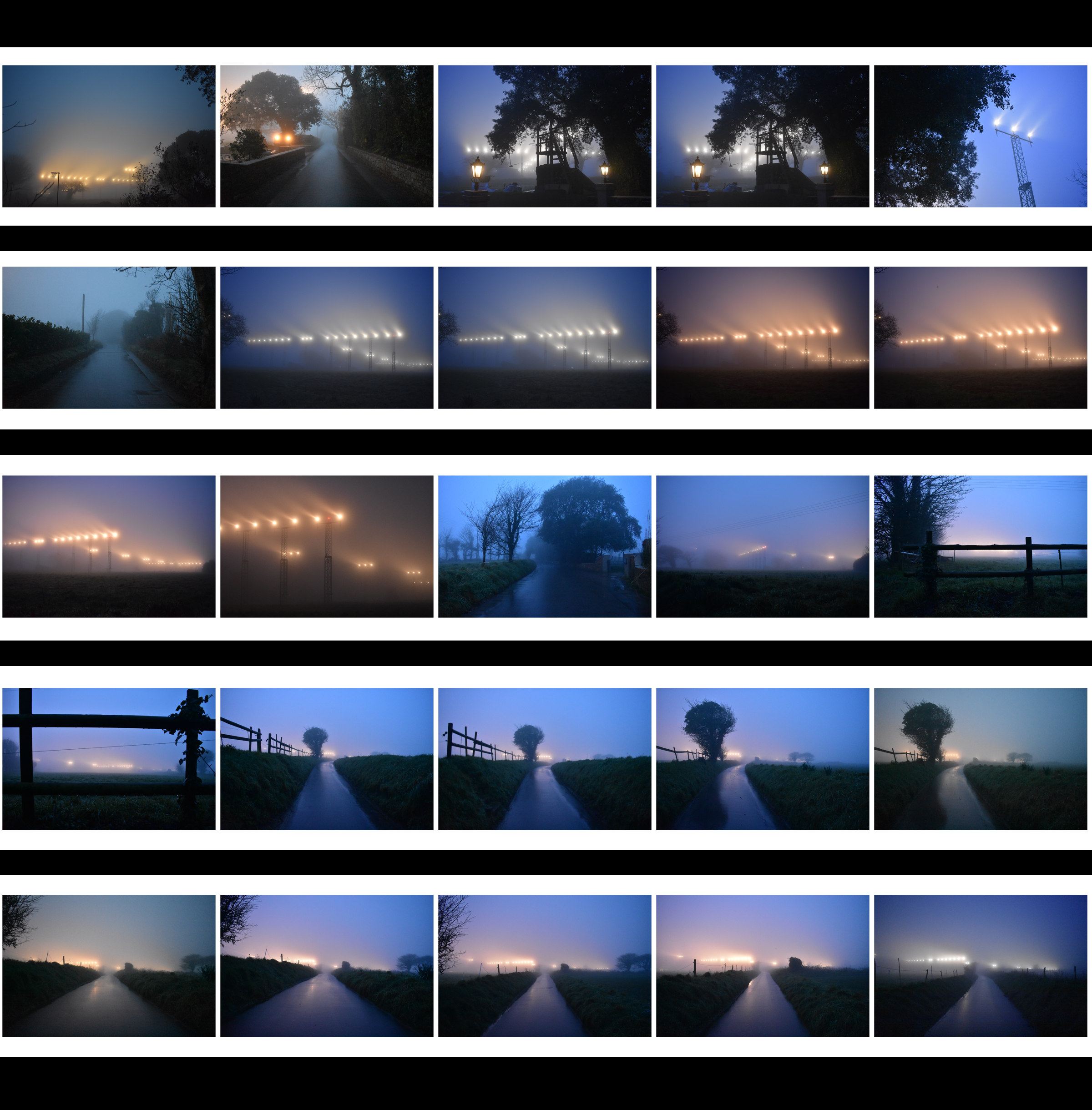






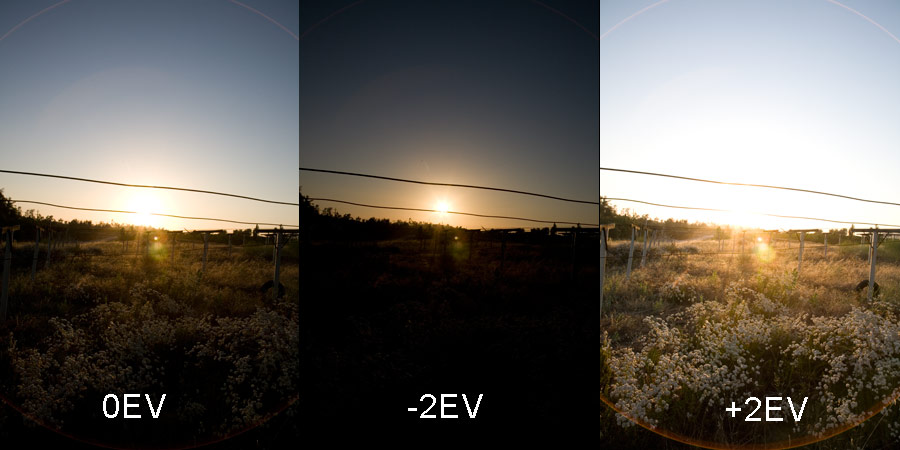
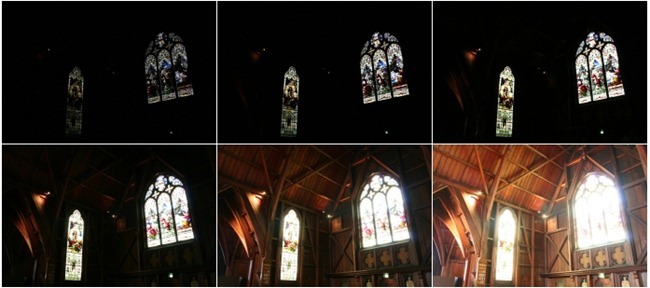
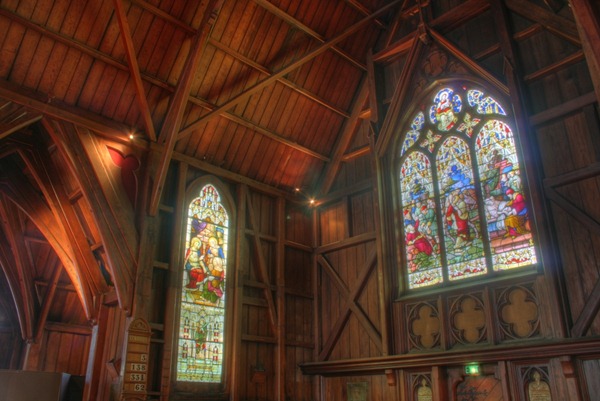











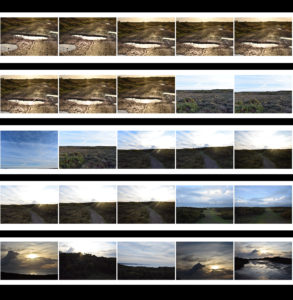







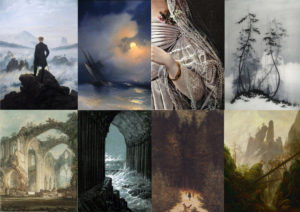




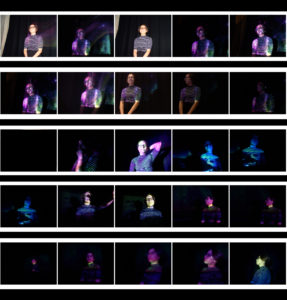
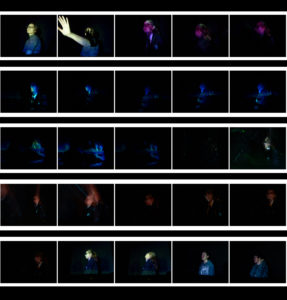

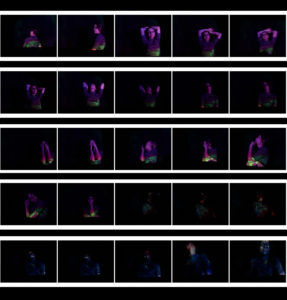
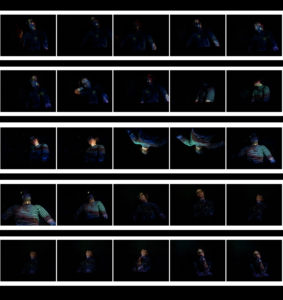

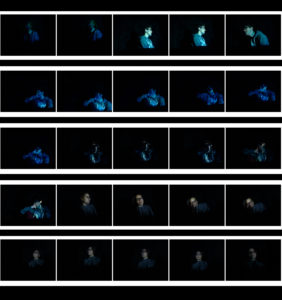


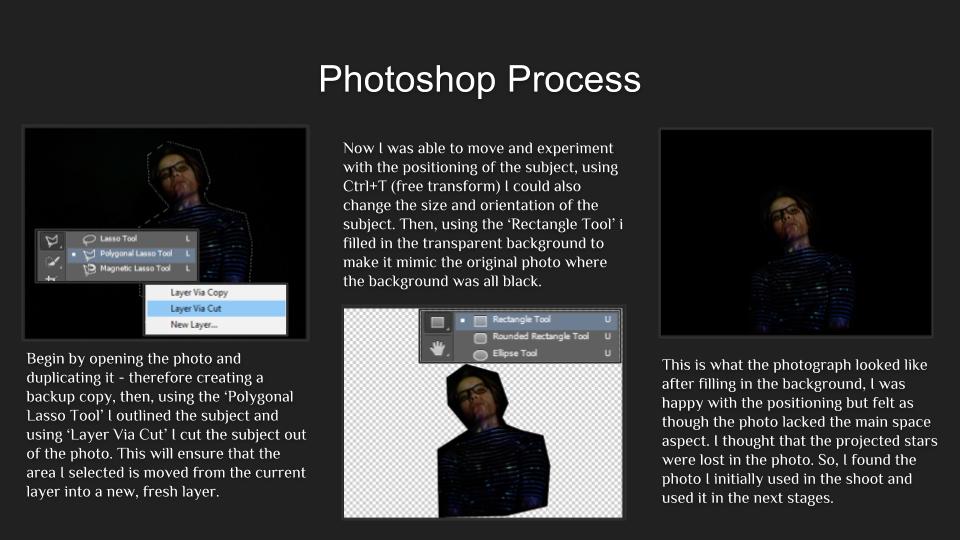
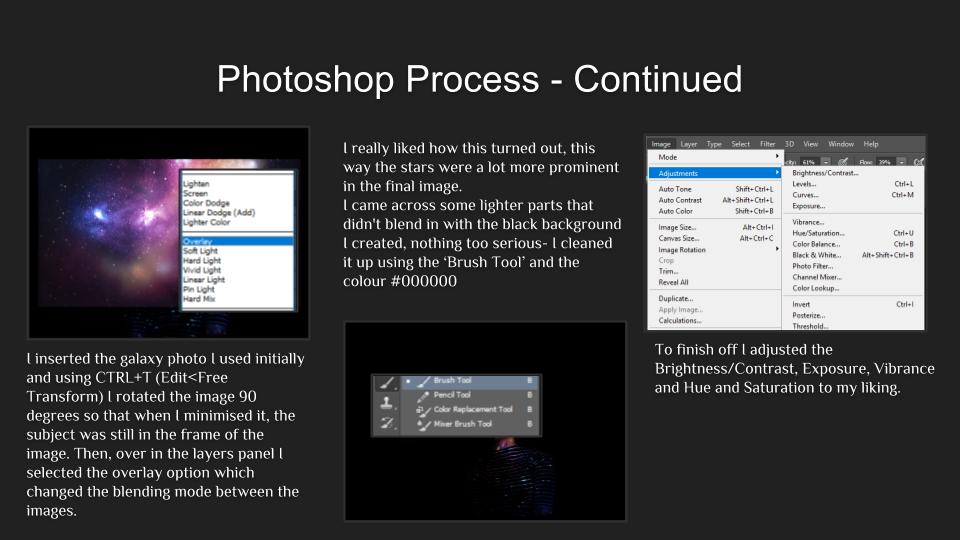

 This was my first and, by far, favourite image. I like the immense focus and the chilling stare of the subject. Adobe Photoshop helped me position the model in the center of the image with a large amount of black filling the frame. I aimed for this effect with all of my images, I wanted the dark to almost swallow my models – I think that this gave my images a more sinister feel and created a more mysterious atmosphere that surrounded my images. Due to this, the photographs also have a more minimalistic feel about them, thanks to the projection aspect the photographs are much more complex and interesting to look at. If I were to do this whole photo shoot again I think I’d try to take some photos with multiple models- with each of them having different projections and experiment with the different effects. I would also try to mix some images together via overlay and such.
This was my first and, by far, favourite image. I like the immense focus and the chilling stare of the subject. Adobe Photoshop helped me position the model in the center of the image with a large amount of black filling the frame. I aimed for this effect with all of my images, I wanted the dark to almost swallow my models – I think that this gave my images a more sinister feel and created a more mysterious atmosphere that surrounded my images. Due to this, the photographs also have a more minimalistic feel about them, thanks to the projection aspect the photographs are much more complex and interesting to look at. If I were to do this whole photo shoot again I think I’d try to take some photos with multiple models- with each of them having different projections and experiment with the different effects. I would also try to mix some images together via overlay and such.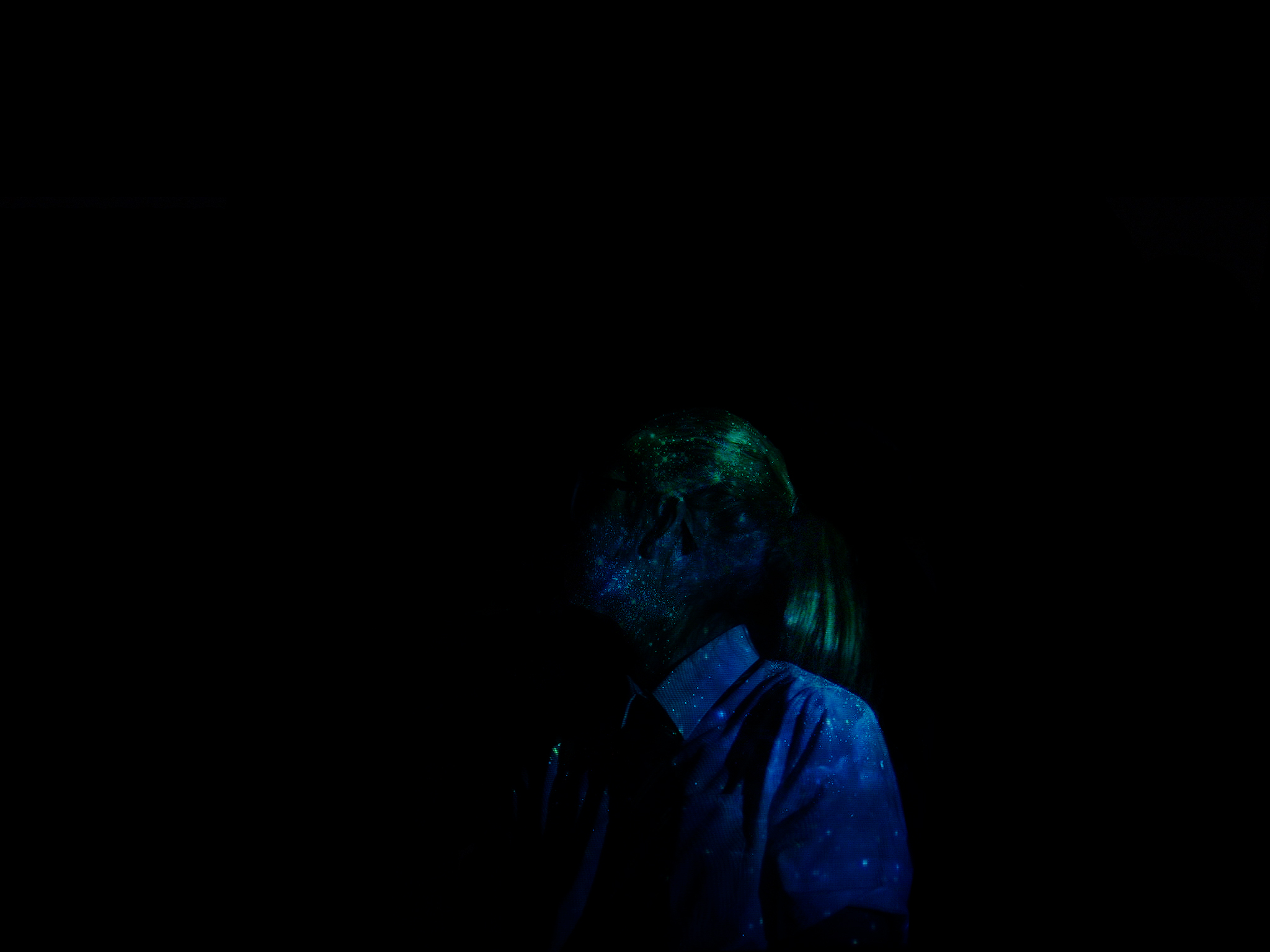 This is my second final image for this subunit, unlike in the other two photographs, this image fully obscures the model’s face and features, This is because she’s looking away from the light source and into the shadow. It follows the general theme and what I was going for, the projection of the stars is very sharp and crisp in this image which makes it more pleasing to look at.
This is my second final image for this subunit, unlike in the other two photographs, this image fully obscures the model’s face and features, This is because she’s looking away from the light source and into the shadow. It follows the general theme and what I was going for, the projection of the stars is very sharp and crisp in this image which makes it more pleasing to look at.  This is the last image, for this image I chose to use an image of a tree with stars behind it. This way I was able to achieve different colours and play around with the placement of the trees in regards to the subject’s posture and such.
This is the last image, for this image I chose to use an image of a tree with stars behind it. This way I was able to achieve different colours and play around with the placement of the trees in regards to the subject’s posture and such.